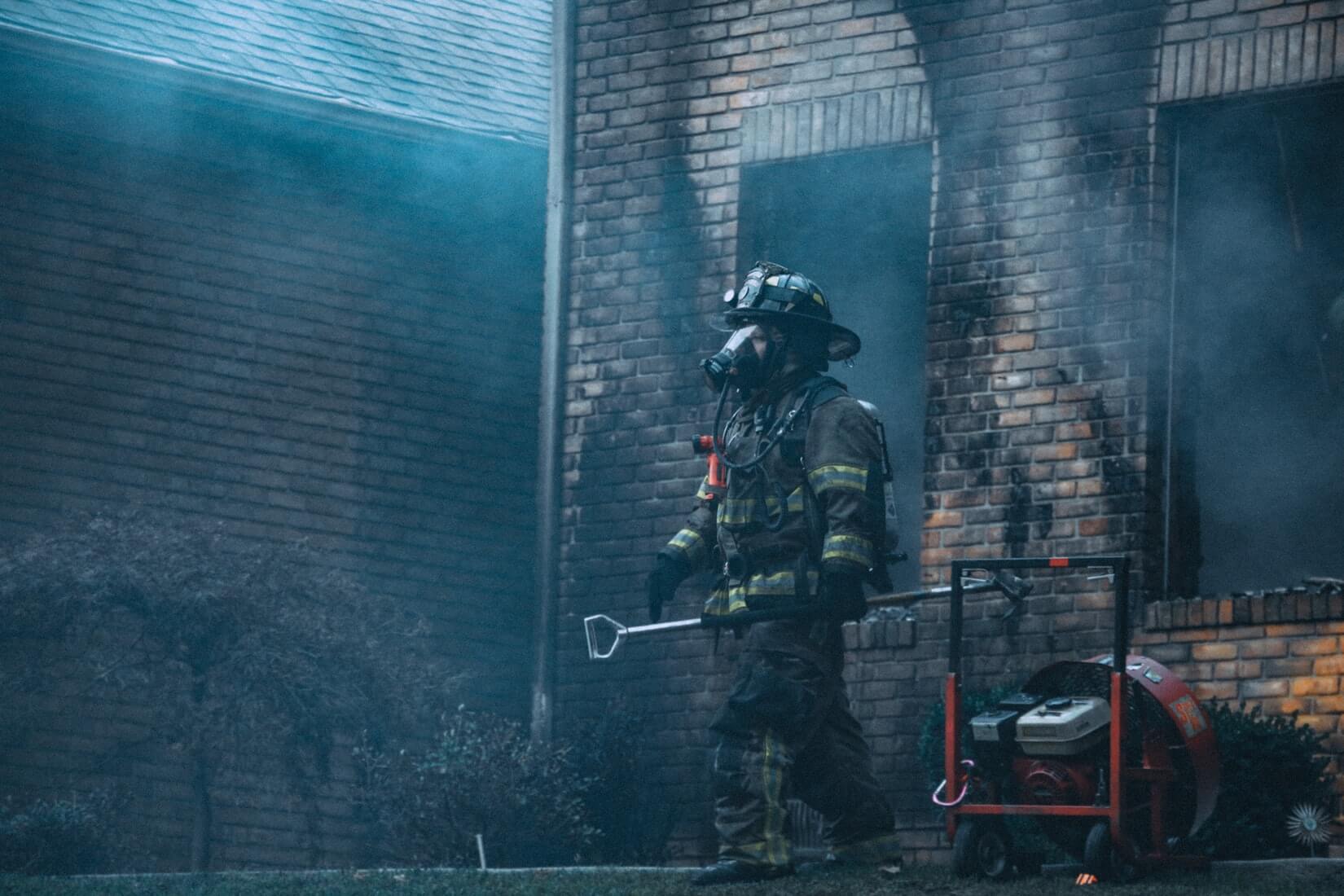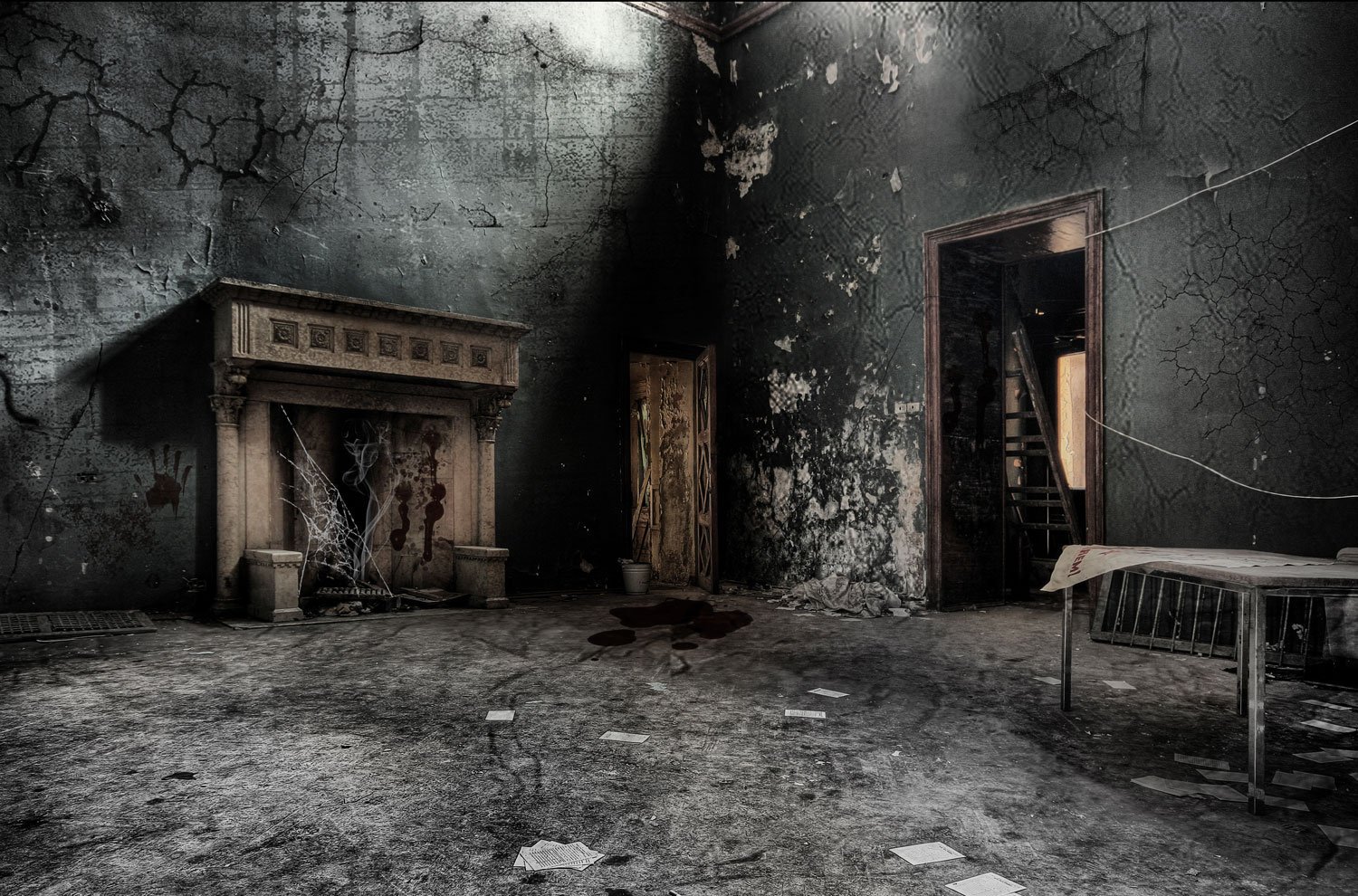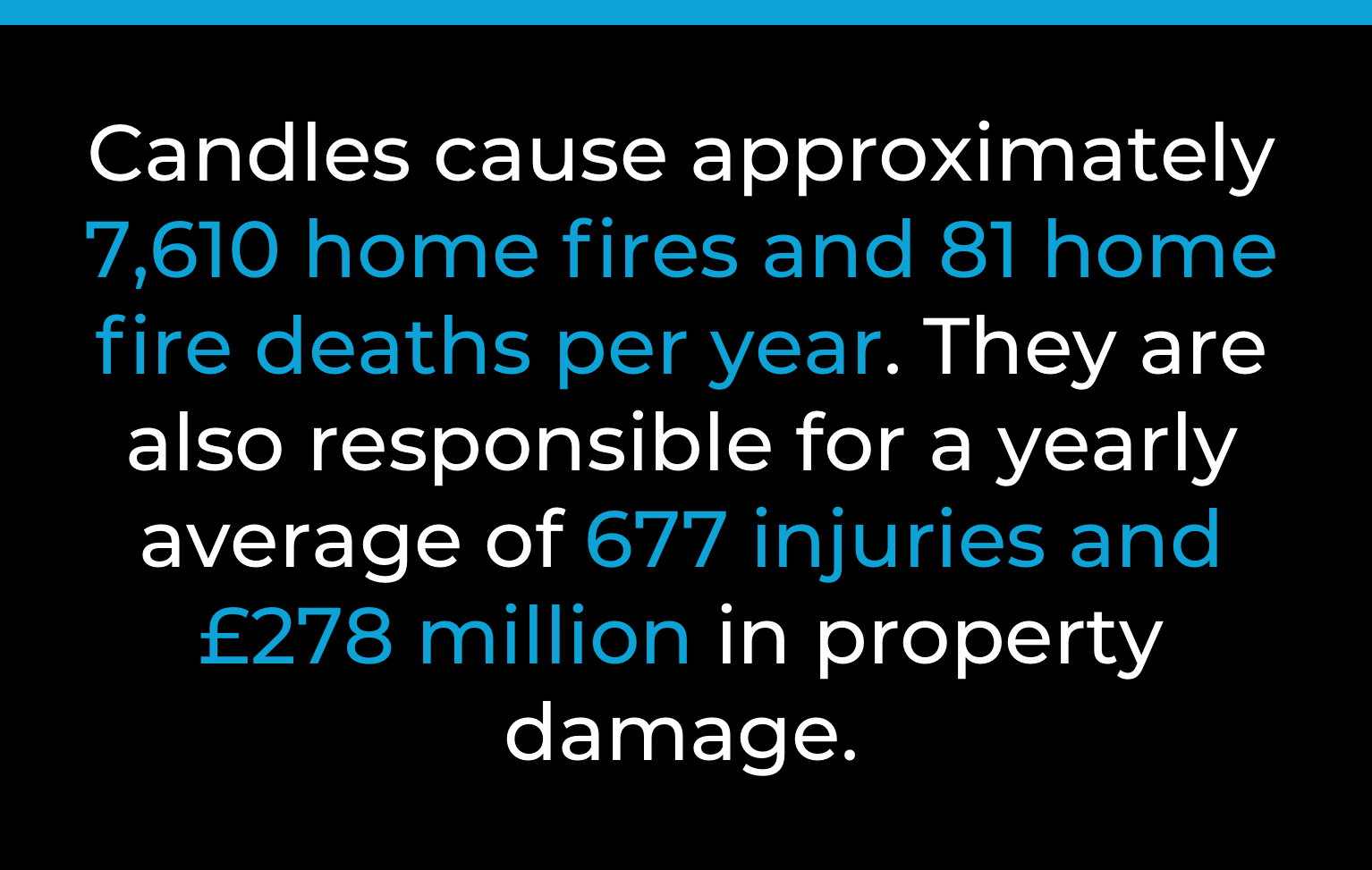Biggest Fire Hazards In The Home

Home is where the heart is; you have so many precious belongings and memories within the house you live in. So why are we so careless about preventing fires from happening? According to First Alert, “There are about 37,000 house fires a year in the UK, the majority of which are caused by electrical equipment misuse, mainly cooking appliances”. A considerate amount of these fires are caused between 10 pm, and 6 am, when people are asleep, resulting in house fires claiming the lives of over 200 people each year.
ICE has been cleaning up the destruction fires caused, from warehouses to offices, to homes for the past ten years. While no one ever wants to think about it, statistically, your home could be next. So, what are the most common places within the house that fire start?
Common places fires occur in the home
A fire in the home can arise at any time within the day, without any warning. No property is immune from the risk even with the best precautions in place. The end result of a fire is devastating, to say the least. The two most common causes of accidental fires within the home according to the Data.gov, published by the Home Office for the year of 2017/18 are as followed in chronological order:
- Cooking appliance, including oven: 14,808 incidents in total
- Cooker including over: 8,859
- Ring/hot plate (separate appliance): 1,823
- Grill/toaster: 1,583
- Microwave oven: 1,197
- Deep fat fryer: 553
- Other cooking appliance: 374
- Barbecue: 315
- Camping stove: 104
- Electrical distribution: 7,013 incidents in total
- Wire, cabling, plugs: 5,093
- Apparatus – batteries, generators: 1,823
- Heating equipment – Power Source: 97
Kitchen fires
Kitchens are at the top of the list; they are the most common spot in the house for a fire to start and equally the most expensive to clean. Leaving food unattended whilst cooking even for a second can lead to a fire starting, and very quickly getting out of control.
We get it; life is manic, we are generally always multitasking. Cooking, whilst being on the phone and watching the kids in the other room. A fire starting can be from something as simple as oil spitting out of the pan, onto a flammable material while you aren’t in the room. By the time you get back and have visibility, the situation is already past the point where you can prevent any further escalation, the only option you have is to get out and call the fire department.
A large scale of fires that start in the kitchen are man-made and easily preventable—keeping an eye on the oven, stove and other electric appliances such as toasters. Make sure all combustible items are out of the room if this is not possible to keep them as far away from the oven.
Microwaves are also a major threat, though this type of fire is down to human error 9 out of 10 times. Placing the wrong material in a microwave such as cans, metal cutlery, tin or leaving flammable materials near a high intense heat source will have an equal amount of fire damage as a regular kitchen fire.
Living room fires
Heating equipment, specifically chimney’s, are the second leading cause of house fires. That beautiful marble fireplace right in the centre of your living room that brings the entire room together and creates a perfect warm environment for those wintery nights, but it has a high need of maintenance and care that many fail to provide. A quick, casual dust and wipe down is not a sufficient enough deep cleaning process. Specialist technicians need to clean the brick on the outside and inside of the chimney, removing any external soot, grime and toxins from the year before.

Space heaters, chimneys, wood-burning stoves and fireplaces are all equally the biggest culprit for starting a fire within the living room. It would be helpful to keep yourself educated and practice safety precautions to keep your homely fire within the firebox it belongs, here are a few things that should be considered:
- Never leave the fire unattended. If you are to leave the house or go to bed, make sure the fire is completely out. We recommend putting the fire out at least 45 mins before you leave the room.
- If you have children teach them to keep at least 3-4 feet away from the fire source and never to throw objects into the fire.
- While it’s lovely to have seasonal décor hanging from the fireplace, especially around Christmas, please make sure the décor is always removed if you intend to light the fireplace. Do not return the objects once the fireplace is lit.
- Hire a brick cleaning specialist (for a brick chimney) before the winter months approach for maximum precaution.
Bedroom fires
Everyone loves to sleep, but for the best nights, you need to be confident your bedroom is not a hazard. According to the London Fire brigade, 2019 saw “626 fires starting in bedrooms, resulting in 16 deaths and 196 injuries”
With modern technology, more and more people will sit in their bed before they go to sleep with their phone, laptop and tablet all on charge. Along with lamps, electric blankets and heaters all being plugged in, commonly within the same extension lead connected to the same outlet. Overloading electrical outlets are a big issue that are known to start a majority of fires, often bedding, curtains, carpets, and teddies are the first items that get ignited for the fire to commence.
We live in a technology era, everyone wants to be connected, but overloading an outlet will only lead to disaster. Listed are some tips to prevent fires in the bedroom:
- Place any form of moveable heater at least 2 feet from loose flammable materials.
- Replace extension cords if they show any sign of wear.
- Try not to plug everything in at once. You don’t need to charge every device, especially when you are sleeping.
- Young kids often experiment with fire in their closets or under the bed. Teach children to not play with lighters or matches, and help them understand the result of what could happen if they were to set something alight by accident.
Laundry room
4% of house fires start from the laundry room, with the tumble dryer being the culprit 92% of the time. Some fires are small; the majority are devastating; all of them place human life and pets in a colossal amount of danger. Listed are some tips to prevent fires starting in the laundry room:
- While it’s very easy to forget, try to get into the routine of cleaning out the lint screen to prevent the build-up
- Don’t overload your dryer or pack items down. Instead, leave room for laundry to tumble. Follow your machine manufacturer’s recommendations for capacity.
- Clean the dryer exhaust vent and ducts at least twice a year
- Replace plastic venting materials with flexible metal venting materials.
Other fire hazards in the home
An extensive amount of household fires are preventable; we need to pay more attention to where our heat sources are coming from, educate ourselves on what materials are flammable and be more careful with the objects that surround an open flame. Below is a list of common fire as listed by the NFPA, including safety time on how to minimise the risk;
Smoking
Smoking materials, cigars, cigarettes, pipes etc. are one of the leading causes of fire deaths.
Safety tips
- Don’t smoke in bed or near any form of furniture, curtains, and linens that can quickly catch fire from stray ash.
- Do not smoke indoors, if you are unable to go outside, open a window and smoke as close to it as possible, keep the window open for a minimum of 30 mins after you have finished smoking.
- Never smoke in a house where an oxygen machine is being used
- Keep lighters and matches away from kids
Candles
Whether you’re creating ambience or infusing a room with the scent of pinewood, the open flame of a candle is a massive fire hazard. Never leave candles burning unattended, and be sure you set them on a heat-resistant surface away from upholstery, linens, and curtains.
Safety tips
- Avoid the use of candles in small, clustered rooms
- Blow out candles if you are to leave the room, even if it is for a minute
- Only used a sturdy candle holder
- Keep candles at least 15 inches away from anything flammable or loose materials

Hair tools
Anyone who has burnt themselves either on the ear or neck while styling their hair knows that the heat tools get hot enough to burn.
Safety tips
- Always unplug your beauty products, do not have more than one appliance on at a time
- Purchase a cool heatproof surface for the appliance to rest on after use
Now we are aware of the common causes of fire; we can implement safety techniques to prevent these fires from happening within the home.

Speak with me today,
I’m here to help
By asking you a few questions either via phone or email I can immediately provide a realistic estimation of the cost.
You’re in good company. We’ve cleaned for the following commercial clients… View all

Why choose us?
- Cater to a wide variety of cleaning situations
- Nationwide coverage, available 24/7
- Cater to commercial and domestic clients
- Free survey provided prior to quotation
- Emergency response team
- Offer a bespoke service designed to suit all your needs
- All technicians hold professional health and safety qualifications, including BICSc, IOSH, Dewpoint Professional & Safe Contractor
We’re fully accredited
We place best practise, professional expertise and health and safety at the core of our business. We’re fully compliant with all legal obligations. You can view a list of our accreditations below, or visit our Health & Safety page for more information.











-RGB-small.1707319151.jpg)




















